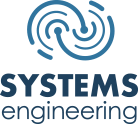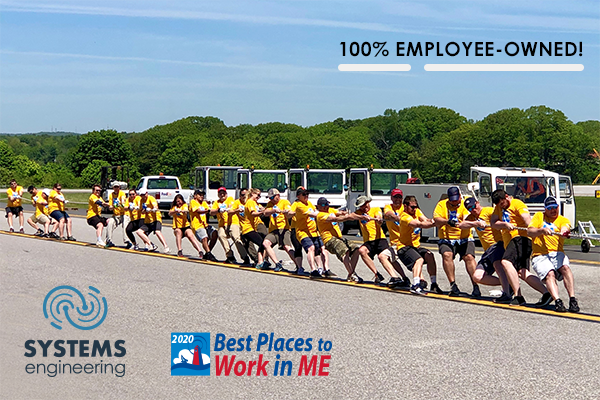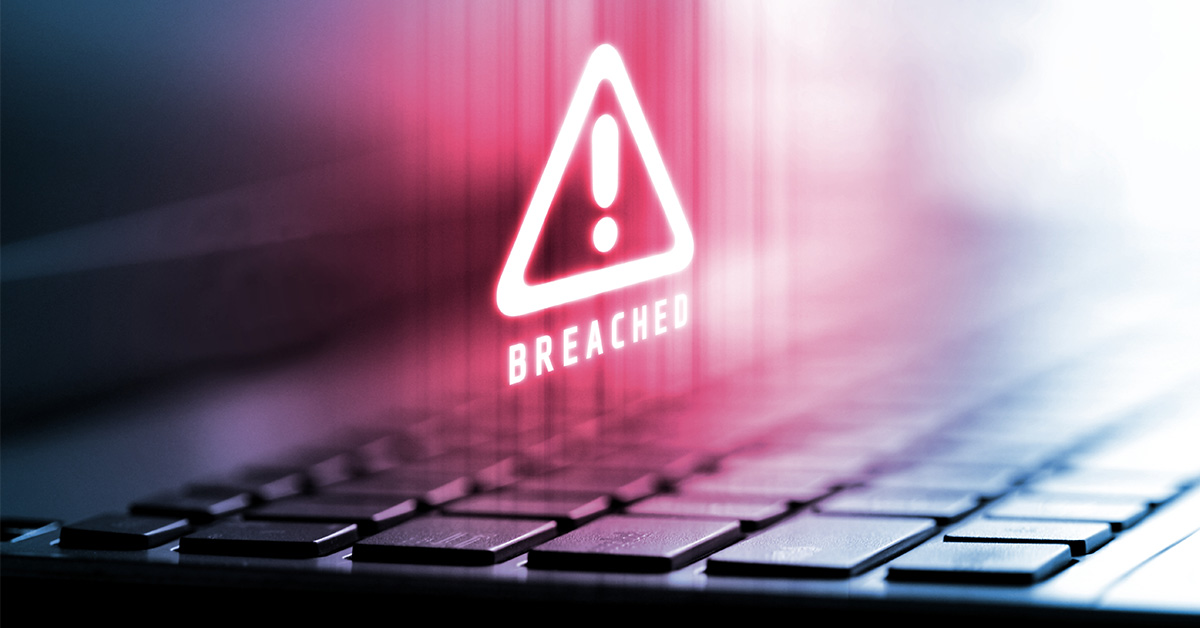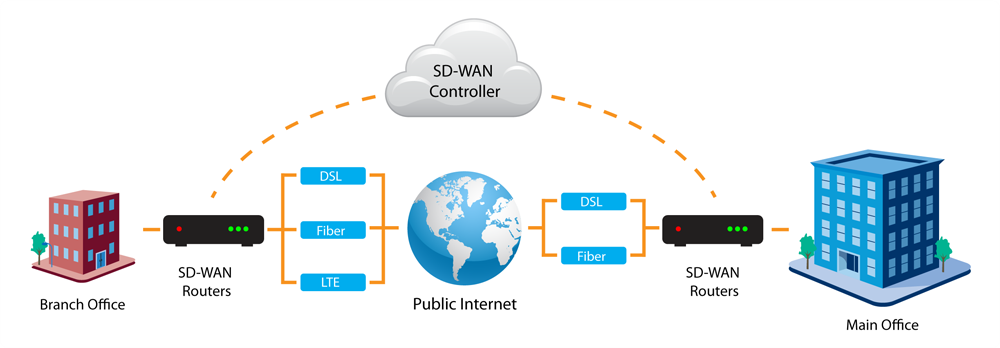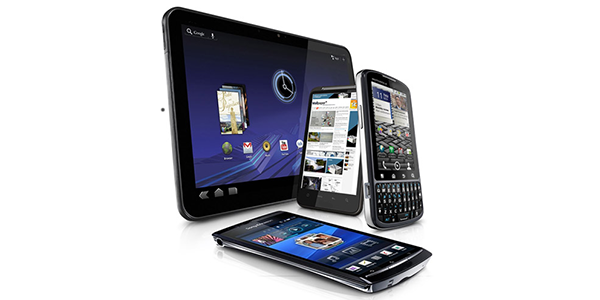Has your company decided to transition a portion or all your employees to work-from-home long-term? What may have started as a temporary means to an end is working well, and you have decided to embrace this new way of doing business. What you need now is to ensure your remote employees can continue to get their work done as productively and securely as possible.
PORTLAND, Maine — September 2020 — Systems Engineering has recently been named one of the 2020 Best Places to Work in Maine. This marks the seventh consecutive year the company has been honored for its commitment to maintaining a high level of employee satisfaction. For the first time, the final ranking of winners will be released in the October 19th edition of MaineBiz.
Have you noticed consumer and business sites including mobile applications requiring multiple steps to verify who you are? Perhaps you’ve set up a multi-step verification method to access your bank or personal email account? This security measure is growing in popularity as most data breaches today begin
Office 2010 will reach end-of-support on October 13, 2020. After this date, Microsoft will no longer provide technical support, bug fixes, or security updates for Office 2010. You will be able to continue using this version of Office, but by upgrading before any product falls out of support your business minimizes risks, including reducing exposure to security threats, remaining in compliance, and continuing to receive the latest product updates and support.
Business networks are changing rapidly. Mobility, the cloud, and the Internet of Things (IoT) are giving organizations across the globe the opportunity to reevaluate efficiencies and security. Software Defined Wide Area Networks, or SD-WAN, is answering the call. This concept provides greater flexibility to manage the ever-increasing need for bandwidth as organizations look to securely connect remote offices, cloud applications, and cloud servers.
As you begin to adopt cloud-based services, your network becomes more expansive and potentially more porous. Today, you most likely have a flexible hybrid workforce who are working remotely using a mix of personal and company-issued devices to access your network and its critical data. It may be the case that your data is now being shared and stored in platforms that may not be approved or known by your IT department. These examples demonstrate vulnerabilities within your network and we outline the cloud security essentials your business should have in place to reduce and mitigate cloud threats.
The time to think about Mobile Device Management (MDM) solutions and policies isn’t after employees start using various personal devices for work related activities. If employees are using unapproved smartphones, laptops, or tablets to do their jobs, they are essentially using unsecure devices to access your organization's critical data. Read more about how a Mobile Device Management solution can protect against compromised credentials and protect sensitive data while verifying who the user is.
